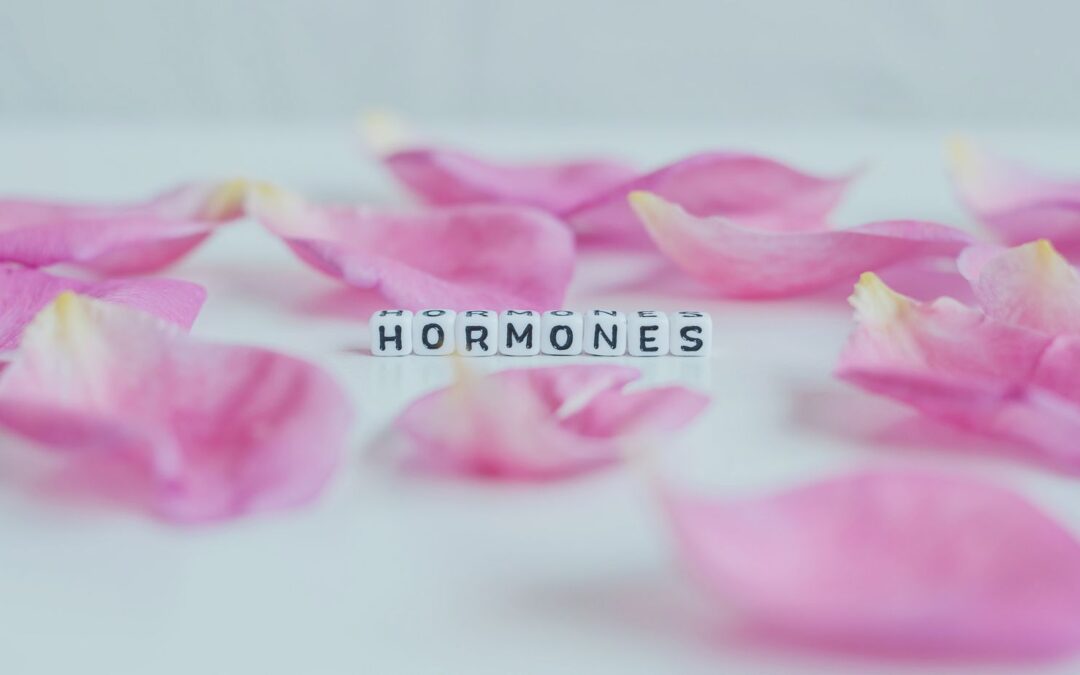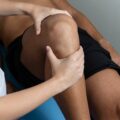In the modern era, characterized by sedentary lifestyles and increasingly stressful environments, the significance of physical activity in maintaining optimal health has become increasingly evident. Beyond its well-known benefits for physical fitness and weight management, regular exercise exerts a profound influence on the intricate hormonal balance within the body.
Among the myriad of physiological responses triggered by physical activity, the release of three crucial hormones – testosterone, endorphins, and growth hormone – plays a pivotal role in shaping our overall health and well-being.
In this comprehensive exploration, we delve into the fascinating interplay between exercise and these key hormones, unraveling the mechanisms through which physical activity ignites health and vitality. Join us on a journey to discover the transformative power of movement and its profound effects on hormonal equilibrium, paving the way for enhanced physical, mental, and emotional well-being.
Hormone #1: Testosterone
Testosterone is a hormone that plays a vital role in both males and females, though it is often associated with male sexual health and physical characteristics. It supports muscle strength, bone density, and sexual function, and it also influences mood and energy levels.
Specialists at Nexel Medical clinic have provided data from a series of studies on the interplay between exercise and testosterone levels. Their findings suggest that consistent physical activity, combined with appropriate medical interventions, can effectively optimize testosterone levels, leading to improved physical performance and overall well-being.
Resistance training, such as weightlifting or bodyweight exercises, is particularly effective in stimulating testosterone secretion. When muscles contract against resistance during strength training, the body responds by increasing testosterone release to support muscle growth and repair. This hormonal response not only enhances muscle strength and mass but also contributes to improved metabolic health.
Similarly, cardiovascular exercises like running, cycling, or swimming can also influence testosterone levels. While the effect may not be as pronounced as with resistance training, consistent aerobic exercise has been linked to higher testosterone levels, especially in overweight or sedentary individuals. Aerobic workouts help maintain overall fitness levels and promote cardiovascular health, which indirectly supports hormonal balance.
High-intensity interval training (HIIT) involves alternating between short bursts of intense exercise and brief recovery periods. This form of exercise has gained popularity for its efficiency in improving fitness and burning calories.

HIIT may also have a positive impact on testosterone levels, particularly when combined with resistance training. In addition to the type of exercise, factors such as intensity, duration, and frequency also play a role in modulating testosterone levels. While acute bouts of intense exercise can lead to temporary spikes in testosterone, consistent and moderate physical activity is essential for maintaining healthy hormone levels over the long term.
Hormone #2: Human Growth Hormone
The relationship between human growth hormone (HGH) and physical exercise is a fascinating aspect of human physiology, highlighting the profound impact of activity on hormonal balance and overall health. Growth hormone, produced by the pituitary gland, plays a crucial role in various physiological processes, including growth, metabolism, and tissue repair.
Engaging in regular physical exercise has been shown to stimulate the secretion of growth hormone in the body. High-intensity activities, such as resistance training and interval workouts, trigger a surge in HGH levels, promoting muscle growth, fat metabolism, and tissue repair. Additionally, aerobic exercises like running or cycling also contribute to GH release, albeit to a lesser extent.
The timing and duration of exercise play a significant role in maximizing growth hormone release. Research suggests that shorter, more intense workouts tend to elicit a more robust hormonal response compared to longer, moderate-intensity sessions. Furthermore, incorporating resistance training into one’s exercise routine can enhance HGH secretion by stimulating muscle fiber recruitment and promoting metabolic stress.
It’s essential to note that adequate rest and recovery are crucial for optimizing growth hormone production. Quality sleep, in particular, is associated with increased HGH secretion during the night, emphasizing the importance of proper sleep hygiene in supporting overall hormonal health.
Hormone #3: Endorphins
Endorphins, often referred to as the body’s natural painkillers, are neurotransmitters produced by the central nervous system and the pituitary gland. They play a crucial role in regulating pain perception and mood, contributing to feelings of pleasure, euphoria, and overall well-being.
One of the most effective ways to boost endorphin levels is through physical exercise. Engaging in aerobic activities such as running, cycling, or dancing triggers the release of endorphins, leading to what is commonly known as the “runner’s high” or “exercise-induced euphoria.” This natural high is characterized by a sense of happiness, reduced stress, and a general feeling of relaxation and contentment.

The mechanism behind this phenomenon lies in the body’s response to physical exertion. As you engage in strenuous exercise, your body experiences stress, which prompts the release of endorphins to help alleviate discomfort and regulate pain. Additionally, exercise increases blood flow to the brain, enhancing the delivery of endorphins and other mood-regulating chemicals.
Regular physical activity not only promotes the immediate release of endorphins but also leads to long-term changes in the brain’s chemistry. Over time, individuals who incorporate exercise into their lifestyle may experience improvements in mood, stress resilience, and overall mental health due to the cumulative effects of endorphin release.
In addition to its mood-enhancing effects, the release of endorphins during exercise may also have beneficial effects on physical health. Endorphins have been shown to reduce inflammation, boost immune function, and promote cardiovascular health, further highlighting the importance of regular exercise for overall well-being.
Conclusion
The interplay between exercise and hormone release is a fascinating aspect of human physiology that underscores the holistic benefits of physical activity. By engaging in regular exercise, individuals can enjoy a range of health benefits driven by the natural modulation of endorphins, testosterone, and growth hormone.
This beneficial cycle not only enhances physical capabilities and appearance but also promotes emotional and mental health, illustrating the profound impact of exercise on overall well-being. Embracing a lifestyle that includes diverse forms of physical activity can pave the way for a healthier, happier life.
Jessica has a flair for writing engaging blogs and articles. She enjoys reading and learning new things which enables her to write different topics and fields with ease. She also strives to break down complex concepts and make them easy for anybody to comprehend.





